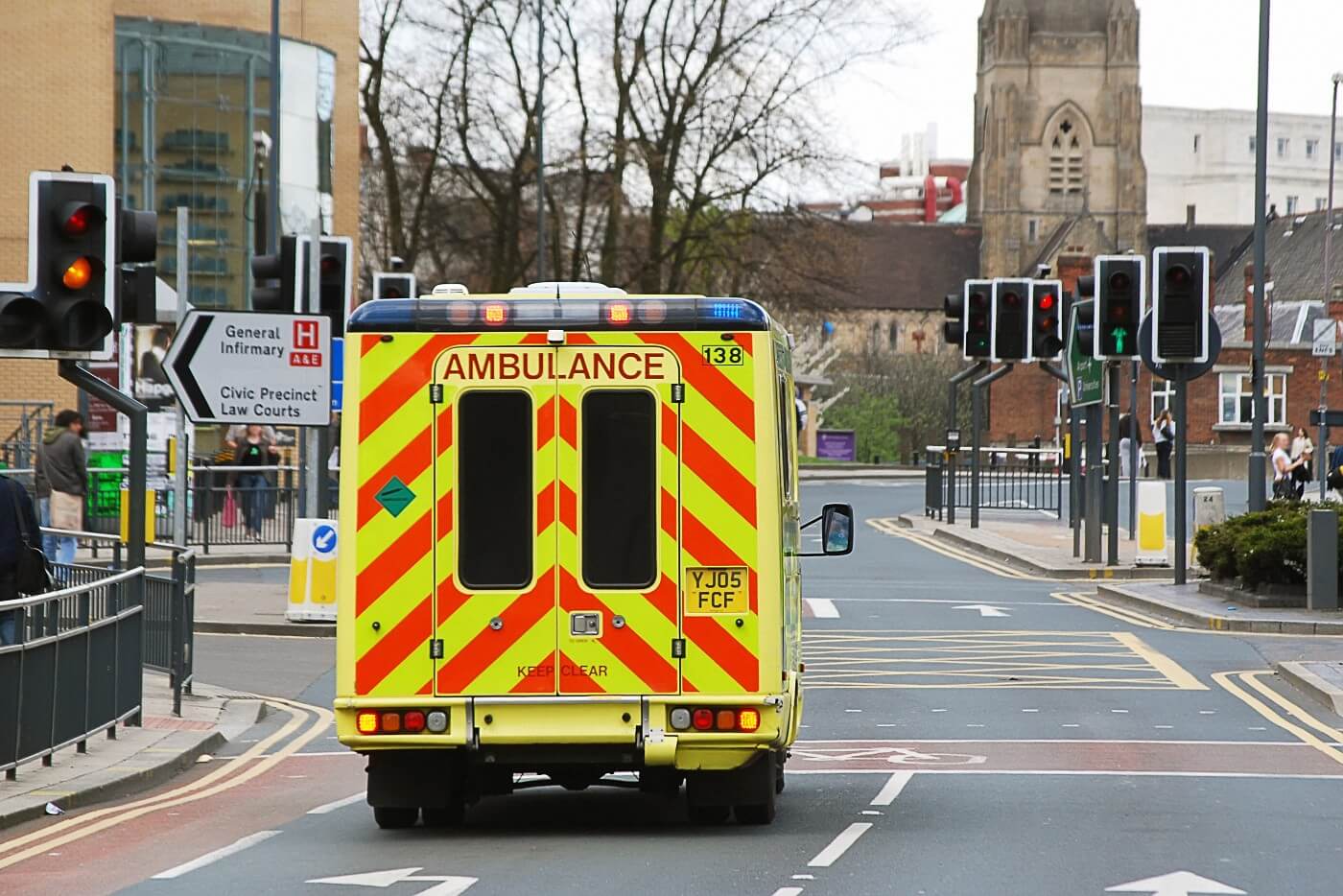We hope you never have to experience this, but if you were involved in or witnessed an accident, how comfortable would you be with administering basic first aid to someone who was injured? If you have no first aid knowledge then it might be useful to read this first aid advice for the road. It could equip you with the basic tools to help someone in trouble, and keep them as comfortable as possible while you wait for the emergency services to arrive.
The UK government recommends the following:
1: Deal with danger
Fire and further collisions are the biggest threat following an accident. Take care when approaching any vehicle involved in a collision, switch off engines and, if possible, try to warn other drivers. Put out any cigarettes.
2: Get help
If there are bystanders ask them to call the emergency services on 999 or 112, providing them with the precise location of the collision and the number of vehicles involved. Give as much information about the condition of the casualties (if they are unresponsive or bleeding heavily for example) as possible.
3: Dos and Don’ts
- Do not move casualties unless there is a threat of further danger
- Do not remove a motorcyclist’s helmet unless absolutely essential
Injured casualties may be in shock so:
- Do not give them anything to eat or drink
- Try not to leave them alone or let them wander into the path of other traffic
- Do make them as warm and comfortable as possible, protecting them from rain or snow but avoiding unnecessary movement
- Do reassure them confidently
4: Provide emergency care
Memorise the letters D R A B C
Danger: check you are not in Danger
Response: ask questions and gently shake the casualty’s shoulders in order to try to get a Response
Airway: if the person is not talking and the Airway could be restricted place one hand under the chin and lift it up and forward. If they are still having difficulty breathing then gently tilt the head back
Breathing: normal Breathing should be established. Once the airway is open, check breathing for up to 10 seconds
Compressions: if there is no sign of life and no pulse, administer chest Compressions. Place 2 hands in the centre of the chest and press down hard (5-6 cms) and fast (twice a second). You may only need one hand for a child and shouldn’t press down as far. With infants, use 2 fingers in the middle of the chest when administering Compresssions but don’t press down too far.
The three Bs
Bleeding
Inspect the wound for foreign objects such as glass. Taking care not to press on the object, build up padding on either side of it. If you don’t think anything is embedded then apply firm pressure over the wound to stem the blood flow. As soon as practical, fasten a pad to the wound with a bandage or length of cloth, ensuring it is the cleanest material available. If arms or legs are bleeding but not broken, raise them up above the level of the casualty’s heart to slow down the flow of blood. Any restriction of blood circulation for more than a short time could cause long-term injuries.
Burns
Check the casualty for shock and if possible try to cool the burn for at least 10 minutes with plenty of clean, cold water or non-toxic liquid. Do not remove anything that is stuck to the burn.
Be prepared
Keep a first aid kit in your car.
